From Space City to the Moon and Beyond:
UH Engineering Coogs Reflect On the Significance of the Moon Landing
All of America, if not the whole world, is celebrating the 50th anniversary of the Apollo 11 moon landing this month. On July 20, 1969 astronaut Neil Armstrong exited the Apollo 11 lunar module and became the first human on the moon. He uttered the now famous words: “that’s one small step for (a) man, one giant leap for mankind.”
While it took one step on the moon’s surface to make history, it took the hard work, skills and ingenuity of 400,000 men and women to make that feat possible.
Today engineers, scientists and entrepreneurs are working to rocket into space and establish a human outpost on the Moon before traveling further. Many UH Cullen College of Engineering graduates are part of the workforce that will make the Artemis mission, the next lunar landing, a trip to Mars and more possible. As such, the Cullen College presents reflections on this important milestone from a new generation engineering the future of American space exploration.
Theriot graduated in 2018 with a bachelor’s degree in mechanical engineering. As flight controller, his position involves being an expert on extravehiclular activity in space and teaching astronauts how to do spacewalks and maintenance activities outside the ISS.
“Having just started working at JSC earlier this year, it's an exciting time to be part of the team because we just announced Artemis, our next lunar surface mission.
While going through Apollo mission data in preparation for Artemis, I feel an instant connection with the team from 50 years ago; we have the same questions to answer, the same duty to keep the crew safe, and the same yearning to push the boundaries of what is possible. We are able to carry the torch forward because of their work, as well as the countless hours of research and development inspired by the Apollo missions.
I hope that the 50th anniversary of Apollo 11, and the Artemis mission announcement, will inspire a new generation of explorers to carry the torch into the future.”
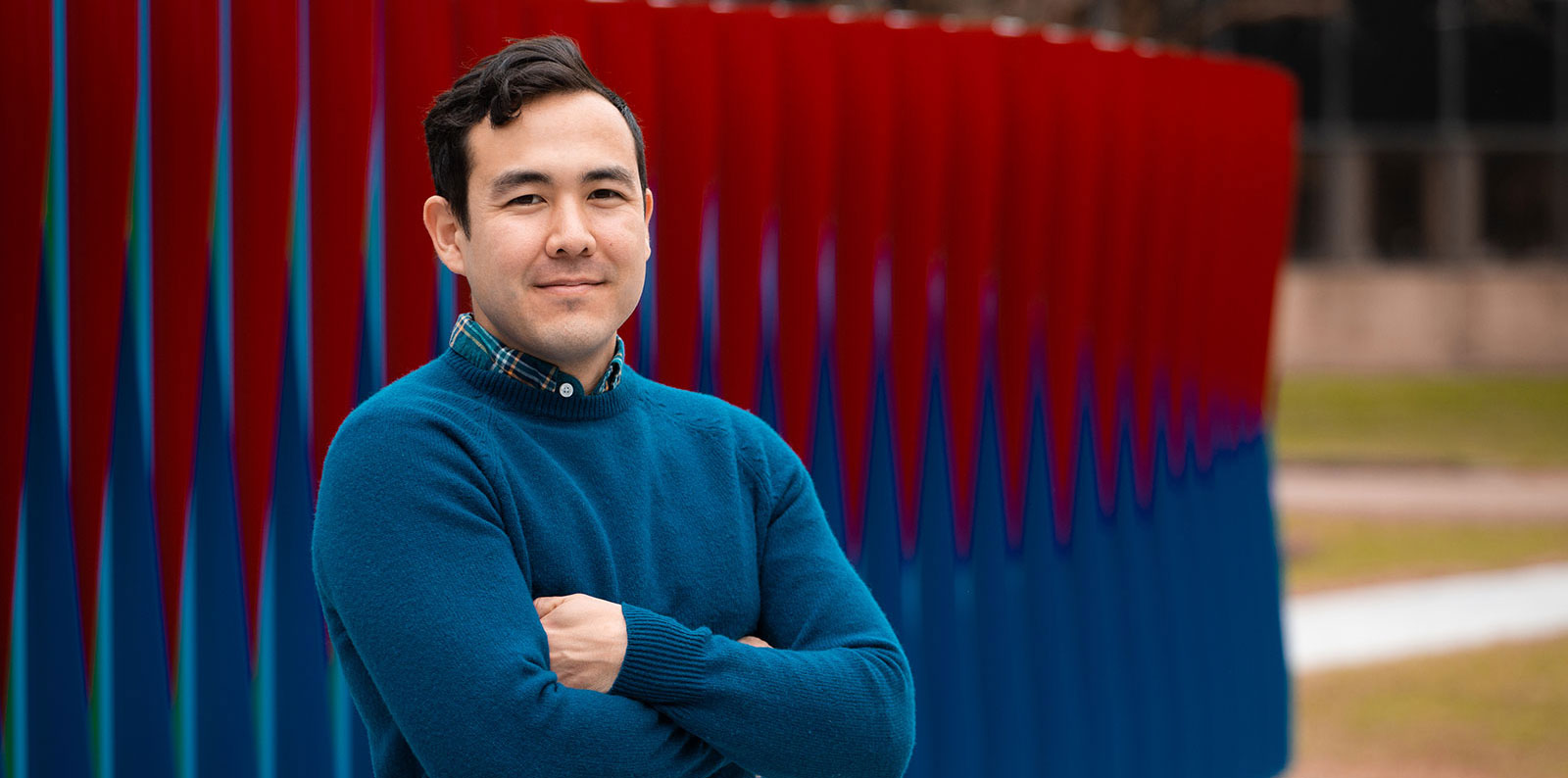
Gilliland graduated with master’s degrees in aerospace engineering and space architecture at the University of Houston in 2018. He now works as an aerospace engineer at Intuitive Machines, which is one of three private companies that won a NASA contract to take payloads for scientific missions to the surface of the moon planned for 2021.
“My feelings are a little bitter sweet but mostly sweet. On the one hand we are celebrating one of humanities greatest technological achievements. On the other hand I would have hoped that the 50th year after landing on the moon there would still be people on it, working and operating a lunar base or vacationing in a lunar hotel. But I think the 50th anniversary is energizing NASA and commercial entities to land on the Moon again in the very near future, with not just flag poles and footprints, but permanence in the form of infrastructure to build a sustainable base on the Moon.”
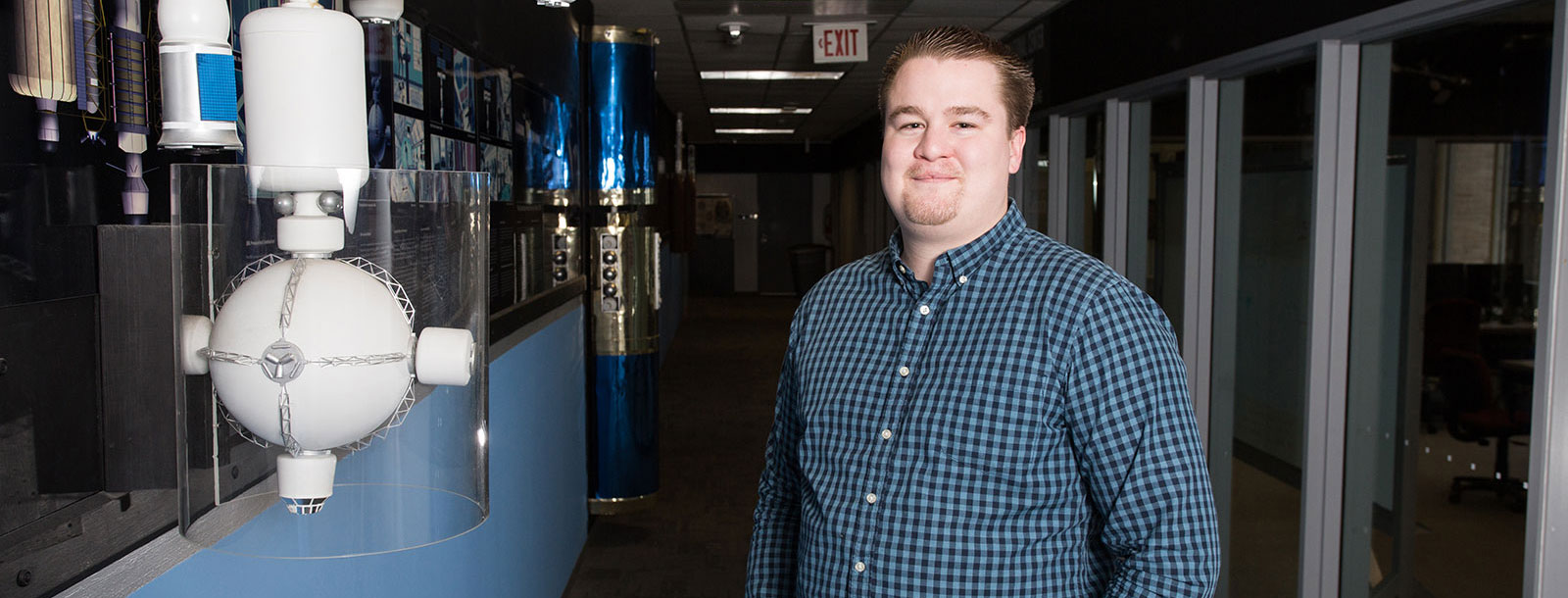
Cline graduated with a bachelor’s degree in computer engineering from UH in 2019. As a Linux developer and configuration management analyst for NASA contractor Leidos Inc., she is part of a team — located at the Johnson Space Center — that programs and supports all of the computer systems on the International Space Station.
“We thought the sky was the limit, yet we travelled to the stars... We can, and will, consistently go beyond what we thought was humanly possible.”
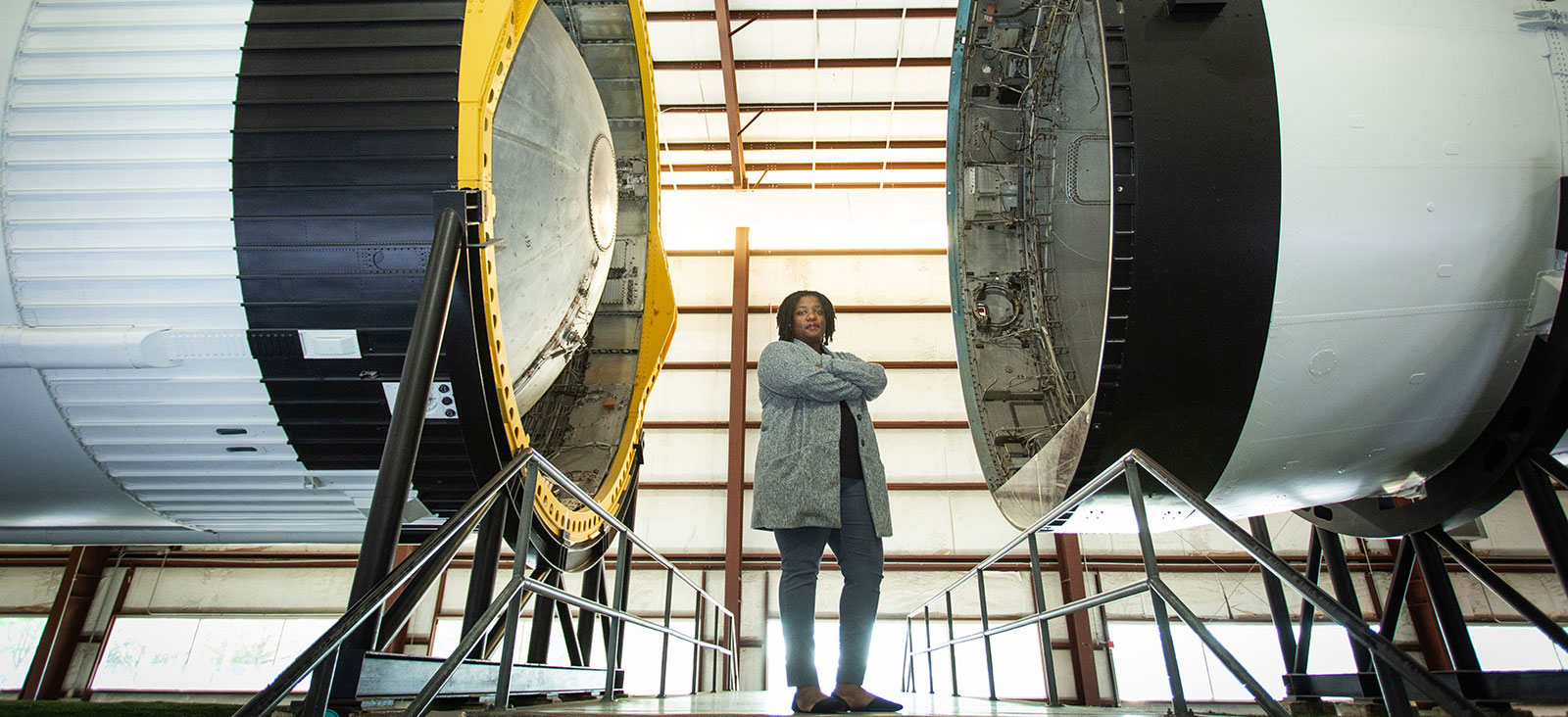
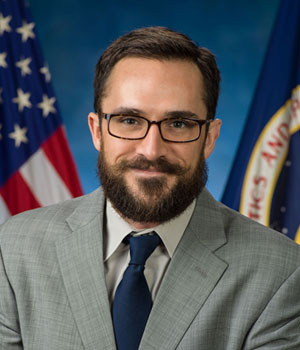
Huston graduated with a bachelor’s degree in industrial engineering from the UH Cullen College of Engineering in 2018. He is currently training to be an Attitude Determination and Control Officer (ADCO), a flight control position for the International Space Station.
“The first steps man took on the moon happened many years before I was born. The amount that was accomplished with limited technology and limited time has inspired me a great deal. Working in the same rooms as those men and women, I’m inspired to find my own ways to help push the envelope. As our species prepares to not only return to the moon, but to push further and set foot on Mars, we’ll need every bit of determination we mustered 50 years ago.”
Rogers graduated from UH in 2018 with a bachelor’s in mechanical engineering with minors in dance and math. Her current job is at GHG Corp. as a SPARTAN flight controller trainee, which involves learning all about the power and thermal systems onboard the ISS. She will eventually be able to sit in Mission Control and command the ISS.
“NASA has such a rich history, and I love being a part of that tradition now.
The Mission Operations Control Room (MOCR) from the Apollo era recently underwent a major renovation, and I was able to be on one of the first employee-only tours. The renovation is amazing, and incredibly detailed. Part of the tour included audio and video from the moon landing, Nixon’s call, and the final splashdown. Each console is set up as if the Flight Controller had just walked out of the room, from the lit up screens to the ashtrays.
Sitting in the viewing room, I could imagine the pride and wonder those Flight Controllers felt. I hope that I can be a part of the next generation of flight controllers that experience another groundbreaking moment.”

Pauwels graduated with a bachelor’s degree in mechanical engineering from UH in 2019. He was a member of the UH engineering team, The Phoenix, whose Planetary Ice Extractor (PIE) robot won it one of ten finalist spots in NASA’s 2019 Special Edition: Moon to Mars Ice & Prospecting Challenge. He now works as a mechanical engineer at Control Flow Inc.
“I think the 50th anniversary of the lunar landing is a reminder of what we are capable of accomplishing when we work toward a common goal. That no task is too big to overcome when hungry outside-the-box thinking engineers display their passion. I think returning to the moon will ignite passion and energy back into this generation that is much needed to accomplish greatness once again.”
Advani graduated from UH in 2019 with a bachelor’s degree in mechanical engineering. He is now working with United Launch Alliance in Decatur, Alabama at the company’s rocket factory to support production of the Atlas and Delta (and soon Vulcan) family of boosters.
“For me personally, the 50th anniversary of the lunar landing is a wonderful opportunity to celebrate the accomplishments of those who were able to put the first humans on the moon! However, it also is a good motivator for my generation to attempt something equally as ambitious with either returning to the moon or moving on to Mars since the Apollo missions (which happened well before we were all born) were the last time people were able to go into deep space.”
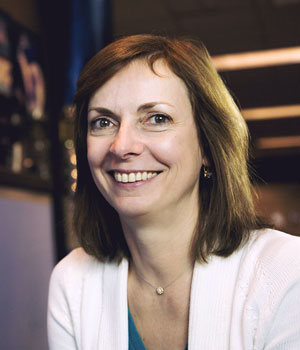
Bannova earned her master’s degree in architecture in 2001 and master’s in space architecture in 2005 from the University. She received a Ph.D. from the Chalmers University of Technology in Sweden in 2016. Bannova is the director of the Sasakawa International Center for Space Architecture (SICSA) at the University of Houston. The UH Cullen College’s space architecture graduate program — housed at SICSA — is the only program of its kind in the world.
“I want the students to really analyze what was done by the Apollo 11 team and build upon it. I want them look at what they did, how they did it and what was missing. I want them to ask what if it had been a mission that required astronauts to stay on the moon…what would be needed then?” Bannova said. “Without developing the Moon, it’ll be harder to go any further because there are resources there. It has to be a place we can go, stay and work, creating fuel depos and deep space ports.”